Speed Painting 101
A common question I receive from friends is “How do you paint so fast?”.
It’s not uncommon for me to hammer out a full 50+ point army in roughly a month’s time. How do I do this? It’s likely a combination of experience and technique. I’ll just run down some quick pointers and then there’s a 52 min video of me painting a Bull Snapper model from start to finish.
Before we proceed, I’m not including any info about prep work for the model. It’s assumed that you already have a cleaned, assembled and primed model ready to be painted. You can find my article on prepping models and tools here. Also, while I’m only showing you a simple miniature, the principles apply to any model or even units.
Keep it clean. Your work area should be relatively clean. Try to tidy your painting area about once every major project, like before working on a Colossal, Battle Engine or full unit. It helps keep the paints you need within easy reach and they don’t get lost in the “paint desk shuffle” as easily. It also lets you keep your brushes properly as you can separate the drybrushes from the metallic paint brushes from the pure sable brushes. I also like to give the desktop painting surface a quick wipe down to remove any pieces of flash or metal/resin filings that may be lingering.
Try to decide on a colour scheme or at least have an idea before you sit down to paint. With almost every model I see, I can pretty much determine right away what colours would be good on them. I may not know exactly where to put the colours on the model but I have a good idea about the colour scheme and the pots of paint I’ll need. While on this subject, I should mention that my particular style of painting and colour choices usually favour a limited palette. I’m usually incorporating natural earth tones, leathers, black, grays with limited applications of vibrant colours to match the faction I’m painting for (red for Khador, green for Cryx, blue for Cygnar) and silvers and golds which are also usually muddied and dulled anyways. This limited palette helps in that I don’t need to keep switching colours when painting a model.
Use a wet palette! This is key and I’ve only just started to use a wet palette within the last year. A wet palette is a wet or damp surface that you apply paint to and will retain moisture in the paints for hours. This is important because when speed painting, something that will slow you down will be mixing paints onto a palette. Also, if you like to mix paints and not stick with the colour directly from the pot, you can mix the colours on the wet palette, and if you need to do a touch up hours later or apply another coat to the model, you still have access to that colour on your wet palette and it’s still wet and ready to use! You can buy a wet palette from the major miniature game manufacturers or make your own.
Avoid distractions. Try setting yourself up with a minimum of an hour and a half solely dedicated to painting. Put on your favourite playlist or podcast or even a movie you’ve seen before (if it’s a movie you’ve never seen, you’re more likely to look up and watch the movie instead of focusing on painting). Focus on the task at hand and paint. As Gold Leader says, “Stay on target!”.
Unit painting is down to personal preference. Personally, I like to do them all at once. If I know I’m going to have multiple units, I’ll just line up all 30 models and work on them all at once. Some people prefer to break it up because painting 30 guys that are basically the same is tedious. Some will break them down into units of 10 or even 5 models. Some will separate them by sculpts and paint all the models in the same pose as a batch. It’s really up to you on this one but it’s my belief that we’re speed painting so I like to just work on all of them and get them done so I never have to paint another Risen model again!

Painting units can sometimes feel like you’re painting Jamie Madrox and every time you finish one, Wolverine punches it. Just keep going. Persevere!
Anyways, enough about tips and suggestions. Let’s get on with the demo!


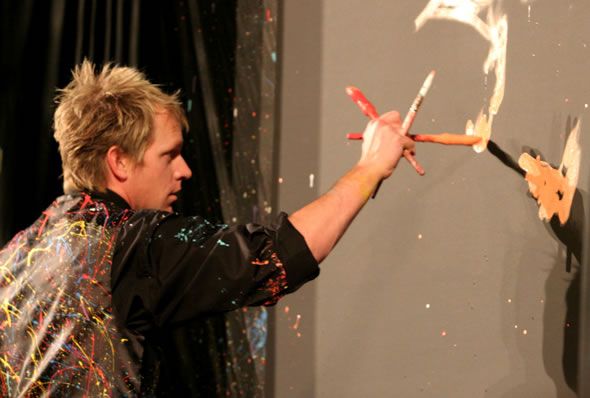

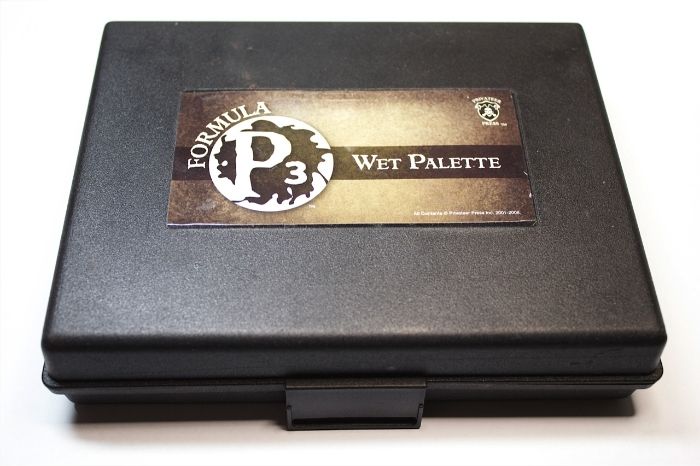
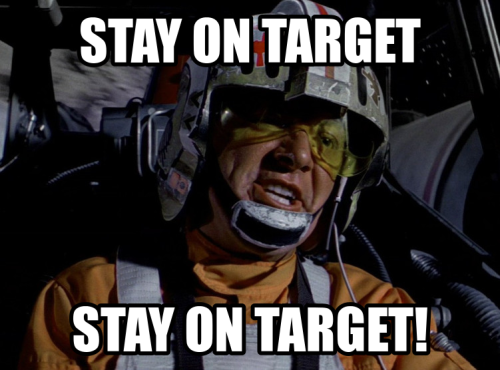
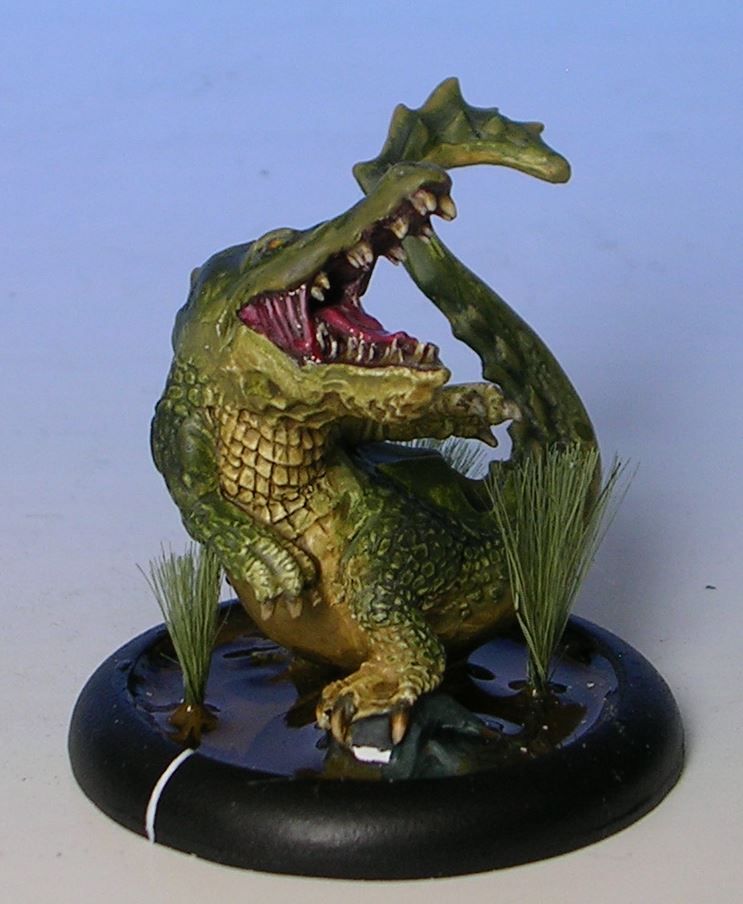

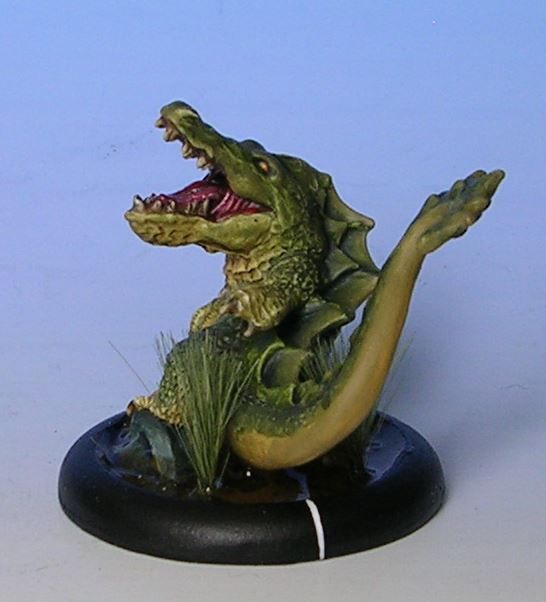
Really enjoyed the video and will give this technique a try for sure.